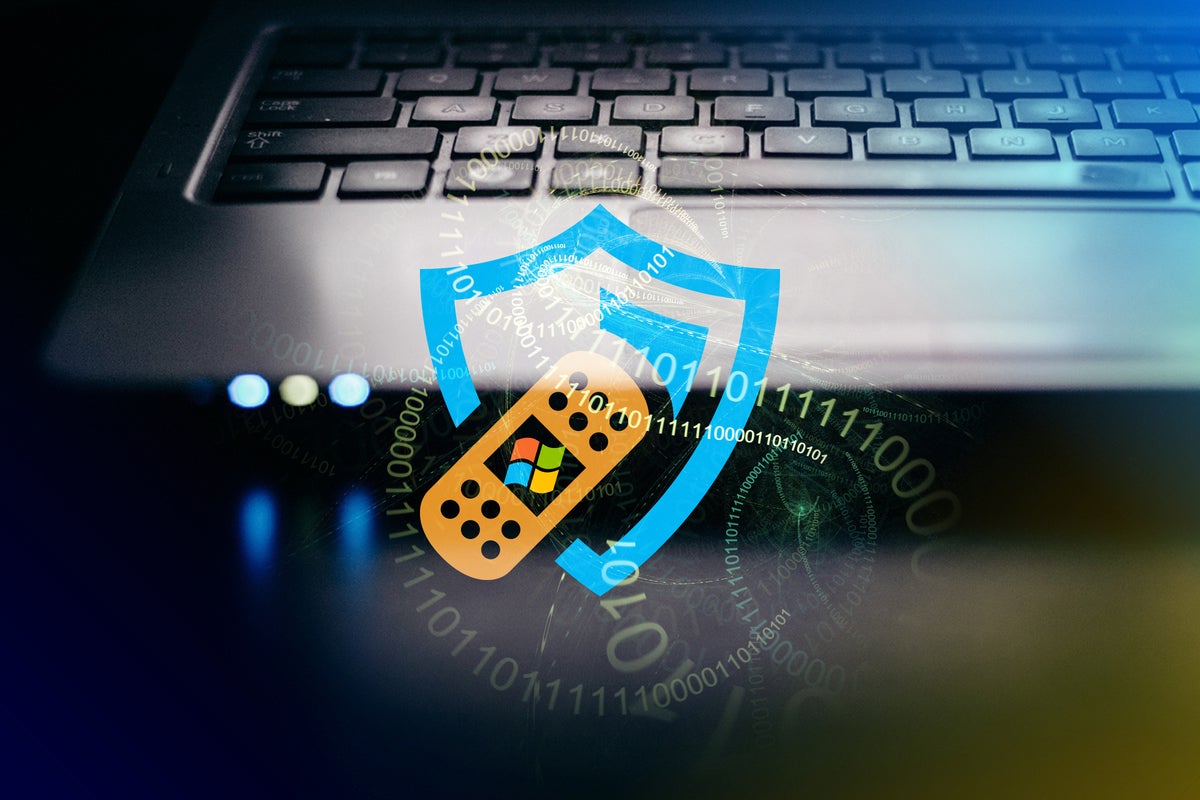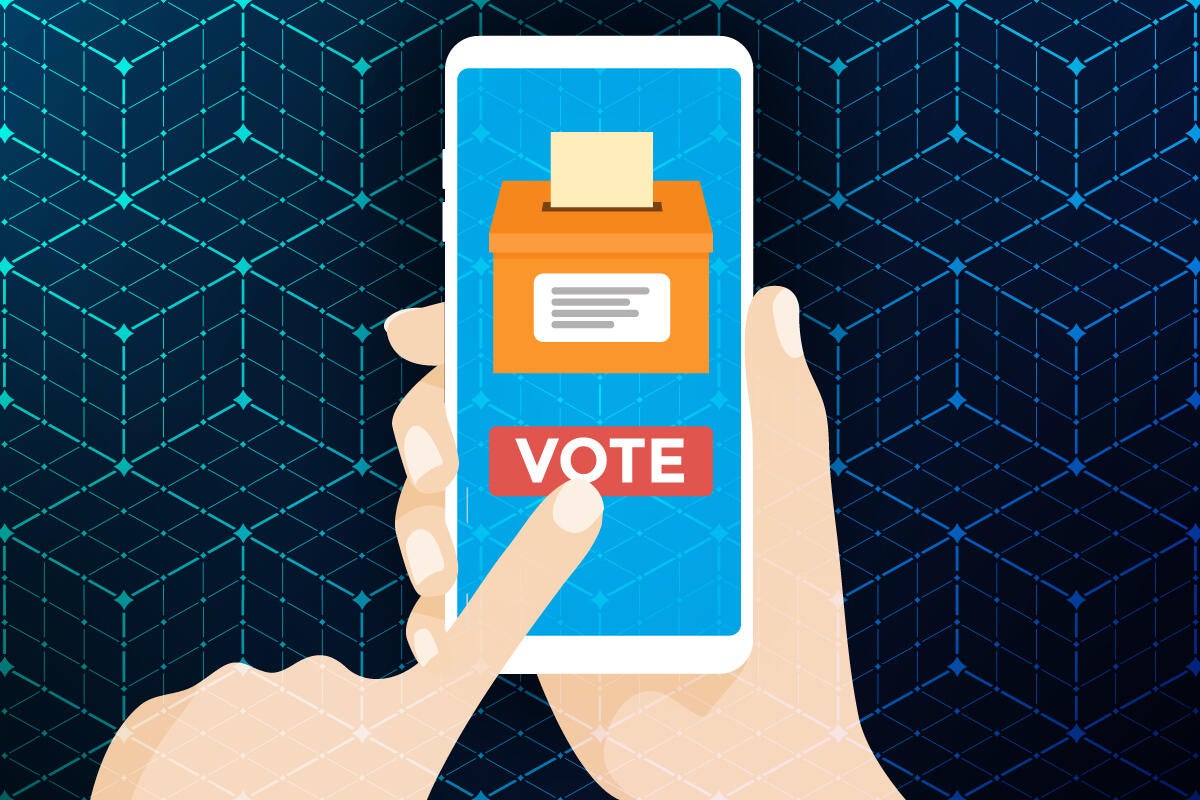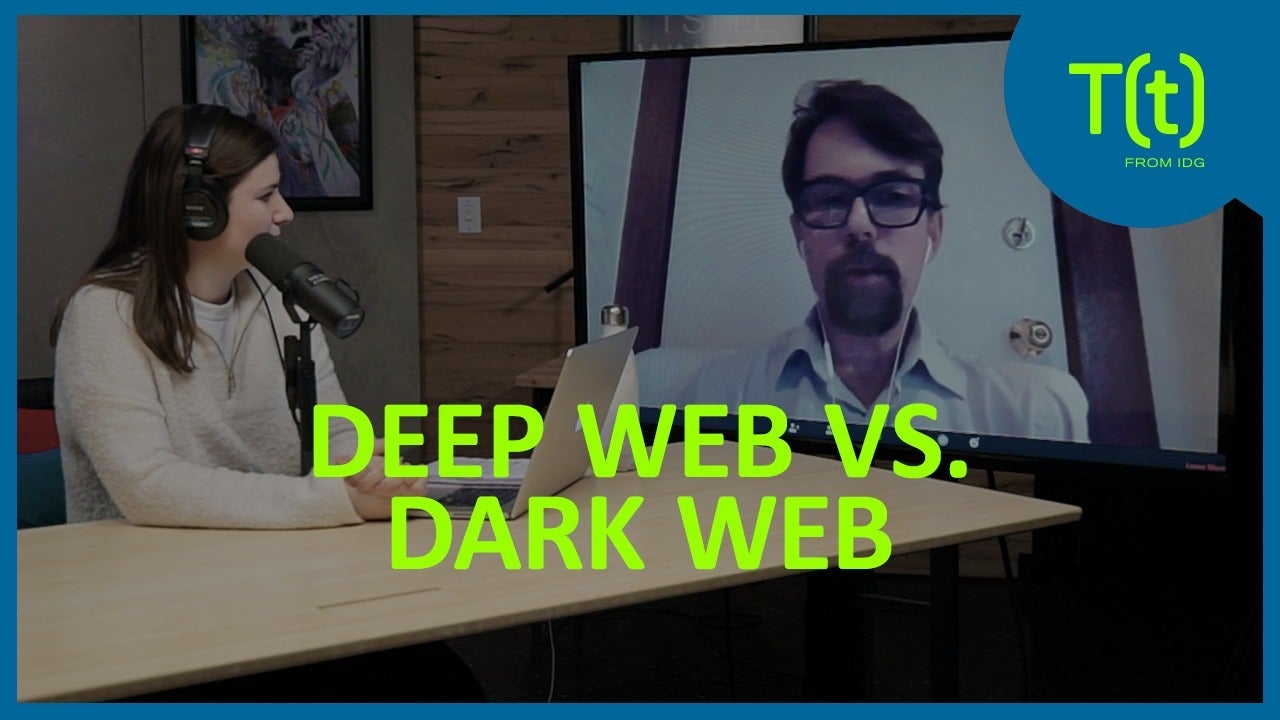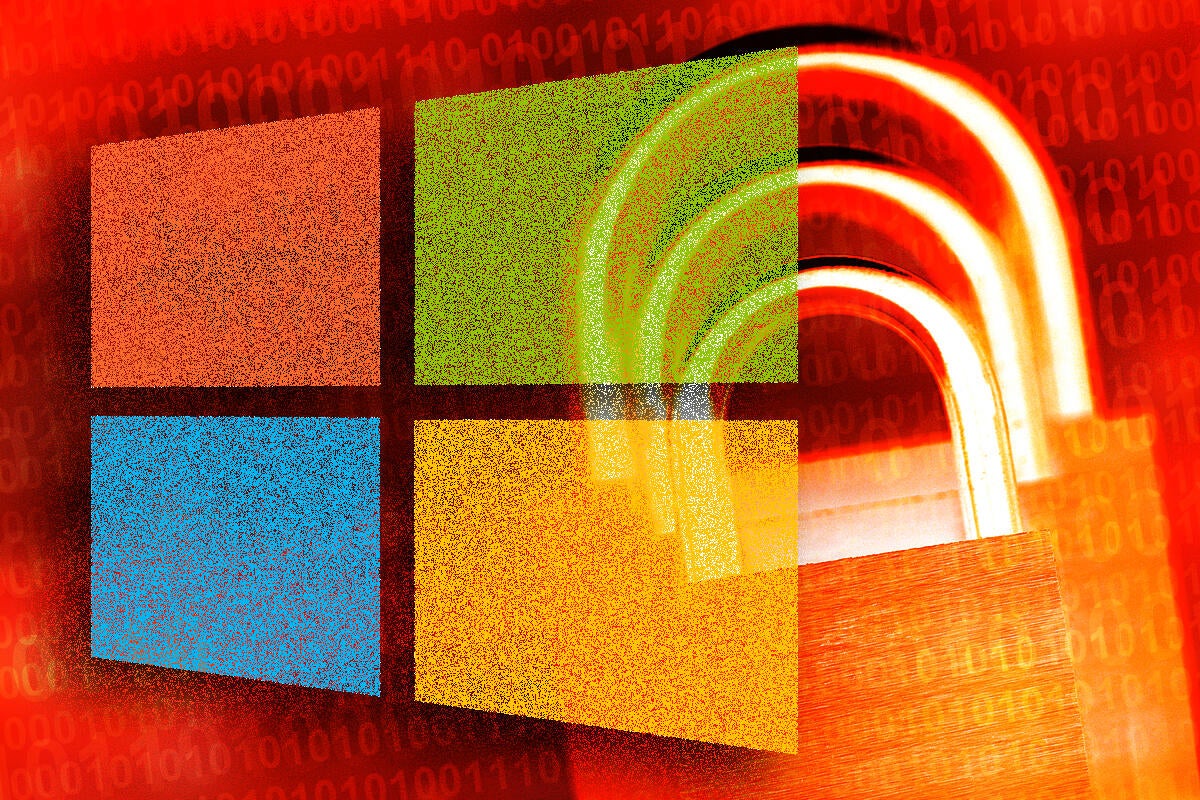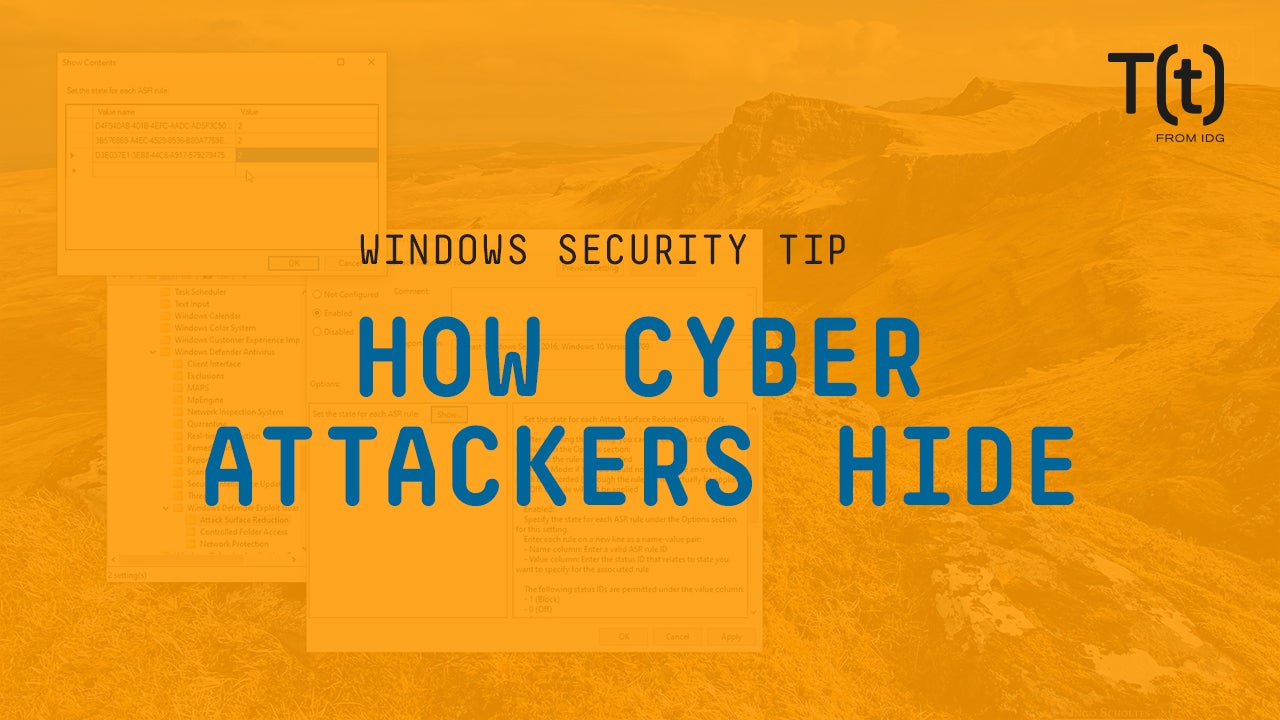How blockchain could help block fake news
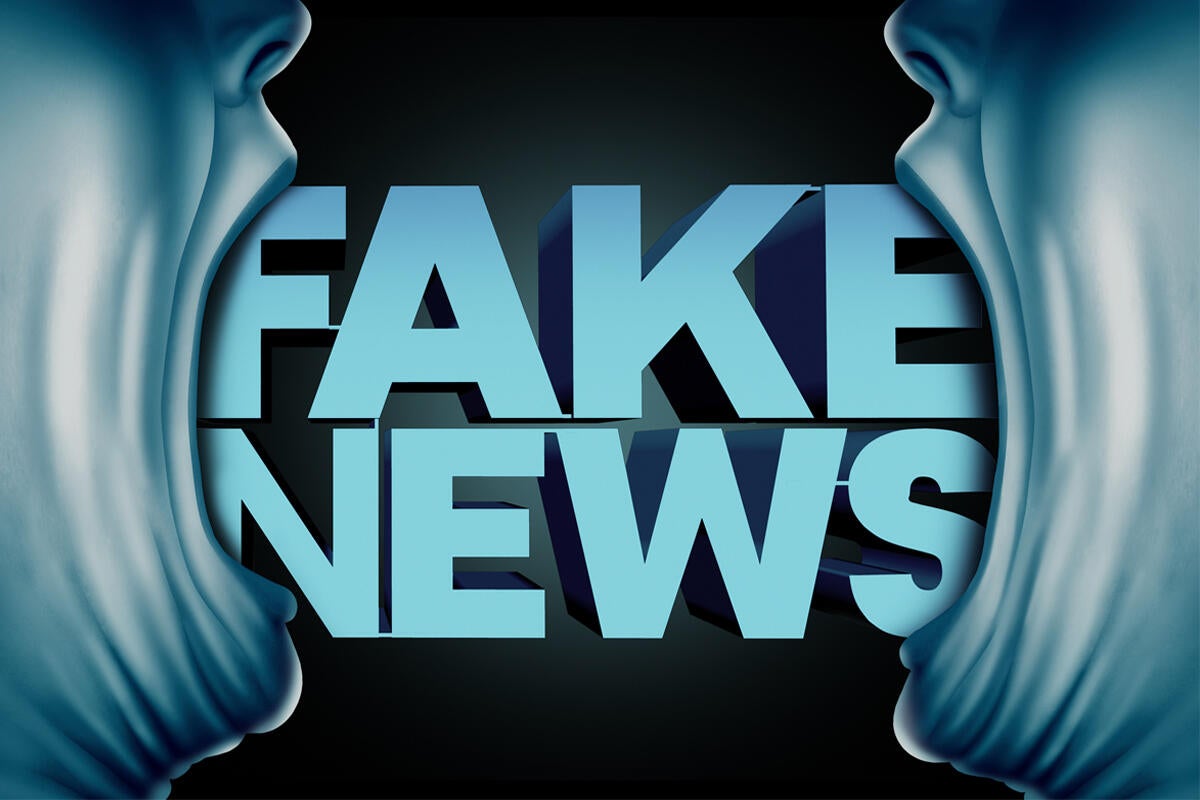
Credit to Author: Lucas Mearian| Date: Mon, 17 Feb 2020 03:00:00 -0800
In 2018, a video of former President Barrack Obama surfaced on YouTube explaining how easily technology could be used to manipulate video and create fake news. It got more than 7.2 million views.
In the video, Obama explains how we live in dangerous times when “enemies” can make anyone say anything at any point in time. Moments later, it’s revealed that the video was itself faked.
Whether its news articles, images or video, fake and misleading content has proliferated across the internet over the past five or so years. One possible solution to the problem now being proposed would standardize how content is delivered online, with anything outside those standards not trusted.
